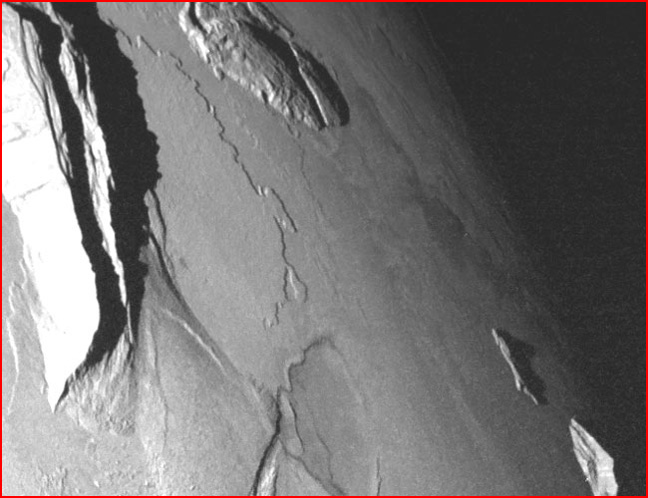|
|
||
 Credit: Galilea Project, JPL, NASA |
||
|
pic of the day Links:
Society for
|
Jul 19, 2004 Mongibello Mons, on the far left of this image, is a sharp ridge rising so high it would rank among the highest mountains if it were on Earth. The existence of mountains like this poses a mystery for traditional astronomers. Io is the most volcanically active body in the solar system. This activity is supposed to be caused by tidal forces from Jupiter and its other large moons. In order to produce so many fast-changing and sometimes moving volcanoes, Io must be nearly molten. The temperatures in the active regions were higher than the spacecraft Galileo's thermal sensors could measure, far hotter than any volcano on Earth. Yet ridges like Mongibello Mons require a rigid crust to keep them from collapsing. From an Electric Universe point of view, the volcanoes on Io are electrical arcs driven by charge differentials between Io and the plasma sheath (magnetosphere) that envelopes Jupiter. The discharge channels are very small and very hot. But between them, Io is not melted. The mountains left standing after the arcs have cut and melted their way around them remain supported by cold and firm bedrock. |
|
|
Copyright 2004: thunderbolts.info |
||
